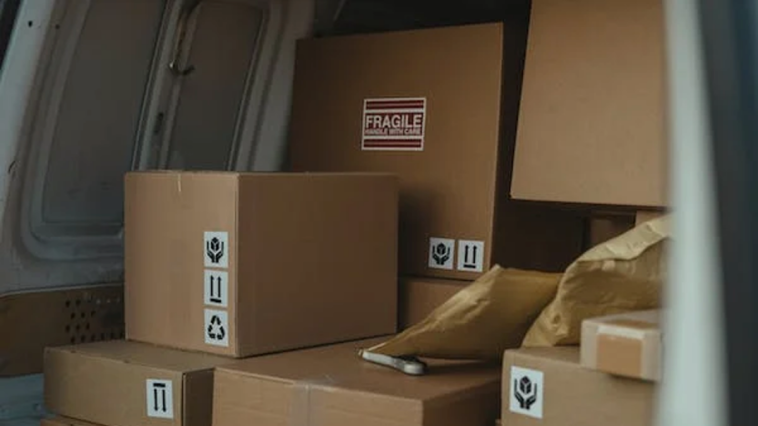Finding the perfect packaging for your products is as crucial as finding an excellent product to begin with. This is especially important if you are shipping your product nationwide or even worldwide.
Using a heat sealer as part of your package sealing system is one of the more cost-effective ways to ensure you create sturdy packages for your products. Additionally, the heat sealing process doesn’t require special materials or processes, making it an effective option for major organisations and startups alike.
Secure Packaging is a Must
E-commerce statistics show that the market size of the online shopping industry has grown immensely between 2017 and 2022. In numbers, an average of nine million Australian households made online purchases in 2022. Because items are shipped and couriered, instead of being picked up in a brick and mortar store, there has to be a huge emphasis placed on the packaging of these products.
Typically, the type of packaging you use depends on the products you’re shipping, the actual shipping process and the distance the parcels will be travelling. The last thing any business owner wants is for products to be received damaged because the packaging is inferior. With that in mind, let’s take a look at the difference between heat and cold sealing.
What is Heat Seal Packaging?
Essentially, heat seal packaging refers to a process that uses heat to melt the sides of film together to create a sturdy seal. For packaging applications, heat sealing can be used to secure an existing bag or create an entirely new one from two sheets of poly film.
It’s important to note that heat sealing is currently the most commonly used package sealing method. Many organisations prefer this type of sealing when a high-integrity seal is required such as the shipping of delicate products that are at risk of damage.
Unlike other types of packaging, heat sealing doesn’t require a special process or additional materials such as pressure-sensitive adhesives. Ultimately, this characteristic makes heat sealing an economical choice.
Benefits of Heal Sealing
If you’re planning an effective packaging process, knowing the benefits will help you understand why it’s well worth considering. Here are the most common advantages:
- No adhesive required: Since heat sealing only uses heat to seal two pieces of film together, there is no need for additional adhesive. As with a vacuum sealer, this eliminates the costs associated with pressure-sensitive adhesives.
- Creates a protective material: Some packages endure an enormous amount of handling and external conditions before reaching their final destination. This often includes harsh weather conditions and human contact during the various shipping processes. The film used and the combination of the heat create a strong and sturdy package that protects your product from handling and weather.
- Can increase productivity: Heat sealing can easily be done with a heat sealer, so there’s very little manual work involved. Using a quality heat sealing machine means you can pack more packages per minute compared to some other methods. A wide range of heat sealers means you can easily find the right option for your business needs.
- Creates a tamper-evident seal: Using a heat sealer means you’re also creating a tamper-evident seal. Your recipients will easily be able to identify if their products have been tampered with after the sealing process.
What is Cold Seal Packaging?
The process of cold seal packaging requires water-based adhesives that are commonly used to seal paper and film packaging material. For the most part, cold seal is a self-sealing type of closure that only requires pressure to create an effective seal.
Cold seal packaging is the preferred option for temperature-sensitive products such as medical products, confectionary items, chocolate and even ice cream. For this type of seal, you only require pressure but no heat.
Since cold seal only seals to itself, it’s often referred to as “self-seal”. You can implement it using different types of bond strength ranging from low to high, depending on the strength of packaging you require.
Benefits of Cold Seal
Noteworthy cold seal benefits include:
- Speed: For the most part, the cold seal process is considerably faster than heat seal. In some instances, it can be as much as 10 times faster.
- Reduces electrical costs: Since cold sealing packaging equipment doesn’t require heating elements, there’s a huge saving in the costs associated with electrical consumption.
- Product protection: Cold seal packaging eliminates the need to void fill (filling the empty space in a package with paper filler to reduce empty space) since the cold seal closes snugly around the product.
- Easier to open: Cold seal packaging may be durable on the outside, but that doesn’t mean it’s difficult to open. It’s easy to open and access the packaged product.
Final Thoughts
Whether you choose heat or cold sealing depends entirely on what you need to package. Consider the benefits listed here to help you choose the perfect option for your product needs. Pick wisely to keep your customers happy.




